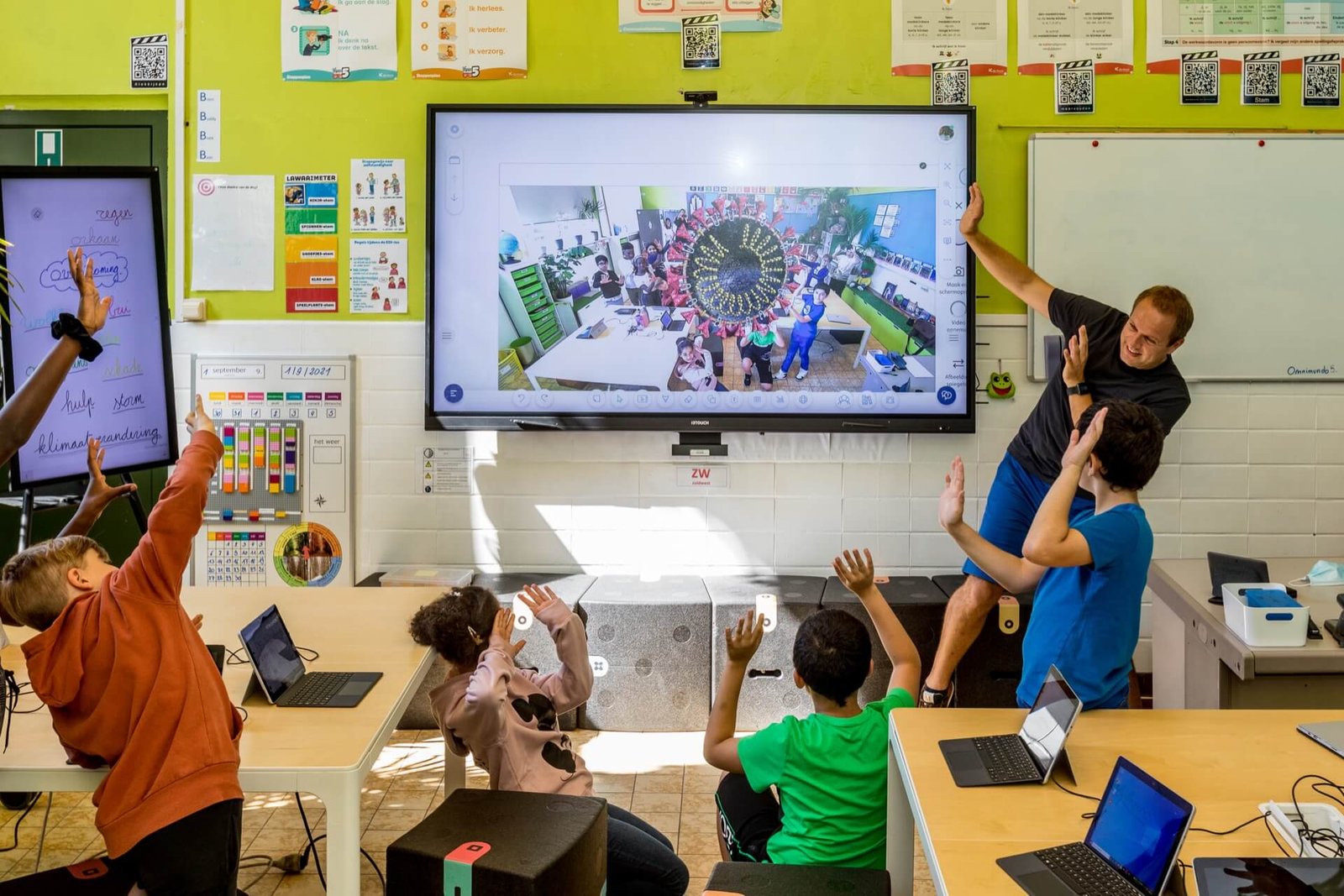Unlocking Success Through Teacher Professional Development: Strategies for Growth in 2024
Teacher professional development (PD) is crucial for enhancing teaching practices and ensuring that educators stay current with evolving educational standards. As we progress through 2024, effective PD programs become even more vital in supporting teachers’ growth and improving student outcomes. This blog explores key strategies for successful teacher professional development and how these strategies contribute to educational excellence.
The Importance of Teacher Professional Development
Teacher professional development plays a fundamental role in enhancing educational quality. It provides educators with the tools, knowledge, and skills necessary to address diverse classroom challenges and meet students’ needs effectively. By engaging in ongoing PD, teachers can stay updated on best practices, educational technologies, and pedagogical approaches.
Professional development not only benefits teachers but also positively impacts students. Educators who participate in PD are better equipped to implement innovative teaching methods, adapt to new curricula, and foster an engaging learning environment. Consequently, students experience improved instruction and achieve better academic outcomes.
Strategies for Effective Professional Development
Align PD with Educators’ Needs and Goals
Effective PD programs align with educators’ specific needs and professional goals. Tailoring development opportunities to address the unique challenges teachers face in their classrooms ensures relevance and maximizes impact. For instance, if a school focuses on integrating technology, PD should include training on the latest educational tools and digital resources.
Conducting surveys or interviews to assess teachers’ needs helps in designing relevant PD programs. Additionally, setting clear, achievable goals for professional growth allows educators to track their progress and measure the effectiveness of PD activities.
Emphasize Collaborative Learning
Collaborative learning is a powerful approach in professional development. Teachers benefit from sharing experiences, strategies, and insights with their peers. Collaborative PD formats, such as workshops, study groups, and professional learning communities (PLCs), foster a culture of continuous improvement.
For example, PLCs allow educators to work together on specific challenges, analyze student data, and develop strategies for improvement. This collaborative approach not only enhances individual teaching practices but also strengthens the overall teaching team.
Incorporate Practical, Hands-On Training
Hands-on training is essential for effective PD. Teachers need opportunities to apply new skills and strategies in real classroom settings. Workshops that include practical exercises, simulations, and role-playing activities enable educators to practice and refine their techniques.
Moreover, providing follow-up support and resources helps teachers implement what they’ve learned. For instance, after a training session on using educational technology, offer ongoing assistance and access to additional resources to help teachers integrate these tools into their lessons.
Leverage Technology for PD
Technology offers various tools to enhance teacher professional development. Online courses, webinars, and virtual conferences provide flexible and accessible learning opportunities. Educators can participate in PD activities from anywhere, making it easier to balance their professional growth with other responsibilities.
Utilize platforms like Coursera, edX, and Khan Academy to access high-quality PD content. Additionally, educational apps and online communities offer resources and networking opportunities that support ongoing learning and collaboration.
Creating a Supportive PD Culture
Encourage Continuous Learning
A supportive PD culture encourages continuous learning and growth. Schools should foster an environment where professional development is seen as an ongoing process rather than a one-time event. This mindset promotes a commitment to lifelong learning and professional excellence.
Recognize and celebrate teachers’ achievements and progress in their professional development. Providing incentives, such as certifications or professional growth opportunities, motivates educators to engage actively in PD activities and apply new skills in their teaching.
Provide Administrative Support
Administrative support is crucial for the success of PD programs. School leaders should prioritize professional development by allocating time, resources, and funding. Creating dedicated time for PD within the school schedule allows teachers to participate without additional stress.
Support from school administration also includes endorsing PD initiatives and providing necessary resources. By actively participating in and supporting PD, administrators demonstrate the importance of professional growth and encourage teachers to engage in development opportunities.
Evaluating the Impact of PD
Measure Effectiveness Through Feedback
To ensure the effectiveness of PD programs, gather feedback from participants. Surveys, evaluations, and reflection sessions provide valuable insights into the quality and impact of PD activities. Analyzing this feedback helps identify strengths and areas for improvement.
For example, after a PD workshop, ask teachers to rate the relevance, applicability, and overall quality of the training. Use this feedback to make necessary adjustments and enhance future PD offerings.
Monitor Student Outcomes
Monitoring student outcomes provides a tangible measure of the impact of teacher professional development. Analyze student performance data to assess whether improvements in teaching practices translate into better academic results. Tracking changes in student engagement and achievement helps determine the effectiveness of PD programs.
Future Trends in Teacher Professional Development
Focus on Personalized Learning
Personalized learning is emerging as a key trend in PD. Tailoring professional development to individual teachers’ needs, interests, and career goals ensures more meaningful and impactful learning experiences. Personalized PD allows educators to explore areas of interest and focus on skills relevant to their specific teaching contexts.
Integration of AI and Data Analytics
Artificial intelligence (AI) and data analytics are transforming PD by offering insights into teachers’ strengths and areas for growth. AI-powered tools can provide personalized recommendations for professional development based on individual performance data and learning preferences.
Conclusion
Teacher professional development is essential for fostering educational excellence and improving student outcomes. By aligning PD with educators’ needs, emphasizing collaborative learning, incorporating practical training, and leveraging technology, schools can create effective development programs. Building a supportive PD culture, evaluating impact, and staying informed about future trends further enhance the benefits of professional development. Investing in teachers’ growth ultimately contributes to a more effective and engaging learning environment for students.




